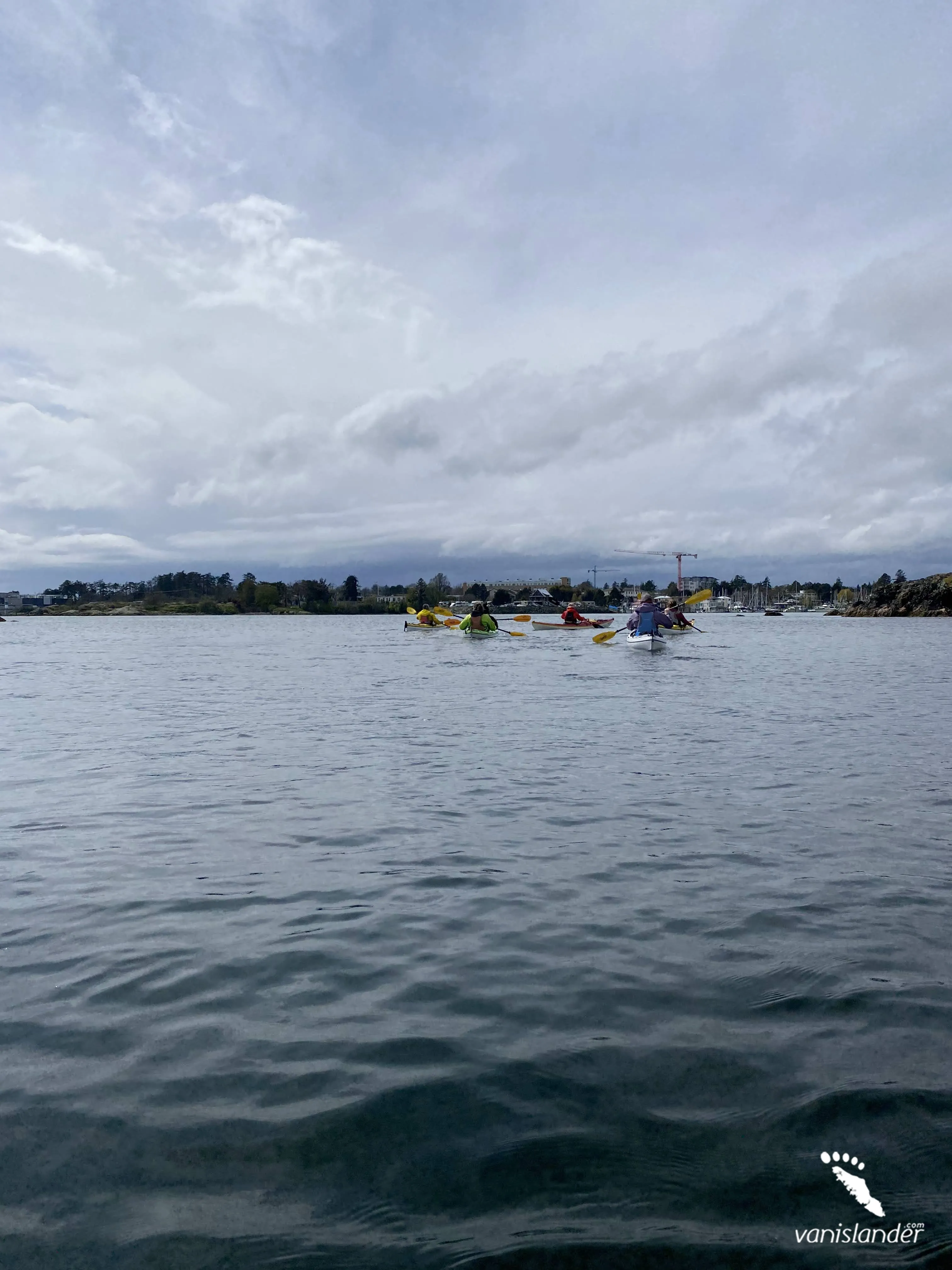
|
Month |
Weather Conditions |
Trail Accessibility |
Considerations |
|---|---|---|---|
|
January
|
Cold and wet; frequent storms.
|
Limited; muddy and slippery trails.
|
Not recommended; harsh weather and poor visibility.
|
|
February
|
Cool with heavy rainfall.
|
Limited; frequent closures due to weather.
|
Challenging; prepare for wet, windy conditions.
|
|
March
|
Mild with increasing sunshine.
|
Improving; some trail maintenance may occur.
|
Better for experienced hikers; bring proper gear.
|
|
April
|
Cool and damp with improving conditions.
|
Accessible with caution; check local conditions.
|
Watch for slippery trails and fast-changing weather.
|
|
May
|
Variable; cooler temperatures with increased rainfall.
|
Trail open; some campsites may be closed.
|
Less crowded; prepare for wet conditions.
|
|
June
|
Mild temperatures; moderate rainfall.
|
Trail open; most campsites operational.
|
Increasing number of visitors; moderate weather.
|
|
July
|
Warmer temperatures; drier conditions.
|
Trail open; all campsites operational.
|
Peak season; higher demand for access and campsites.
|
|
August
|
Warm temperatures; drier conditions.
|
Trail open; all campsites operational.
|
Peak season; perfect for wildlife watching and hiking.
|
|
September
|
Cooling temperatures; increased rainfall.
|
Trail open; some campsites may be closed.
|
Less crowded; prepare for variable weather.
|
|
October
|
Cool, wet, and windy.
|
Accessible with caution; storm debris possible.
|
Bring rain gear; fewer visitors.
|
|
November
|
Frequent rain; strong coastal winds.
|
Limited; high rainfall may affect access.
|
Stormy; best for storm watchers, not casual hikers.
|
|
December
|
Cold and stormy; limited daylight.
|
Difficult access; extreme weather common.
|
Limited daylight and stormy seas; not ideal.
|